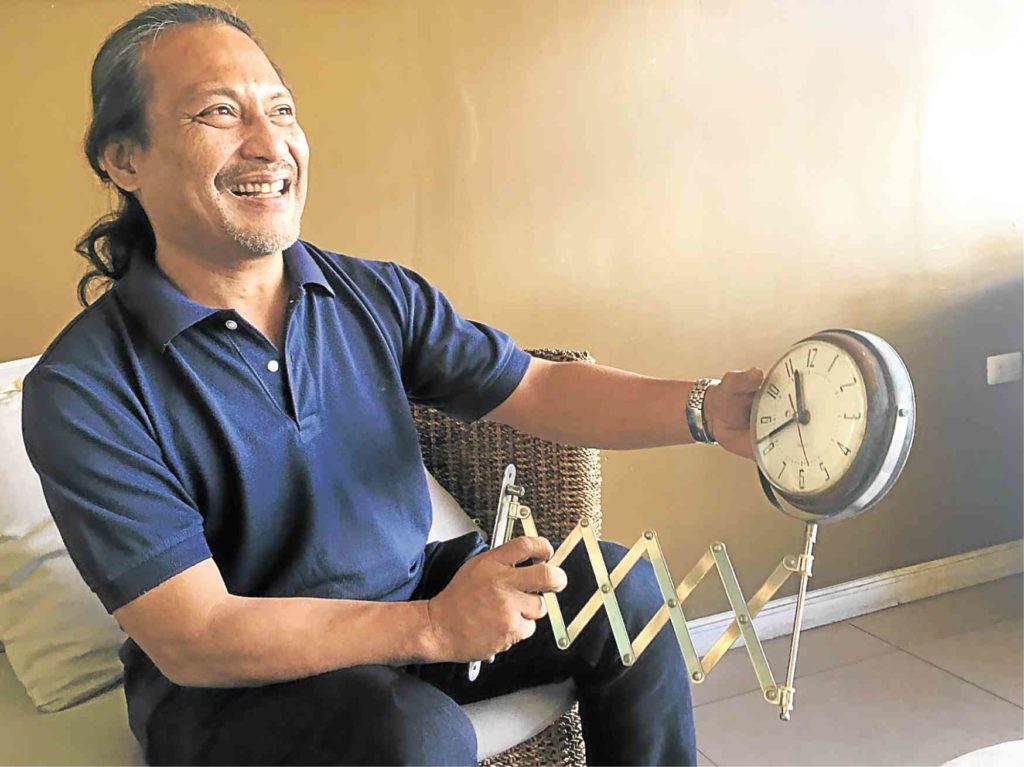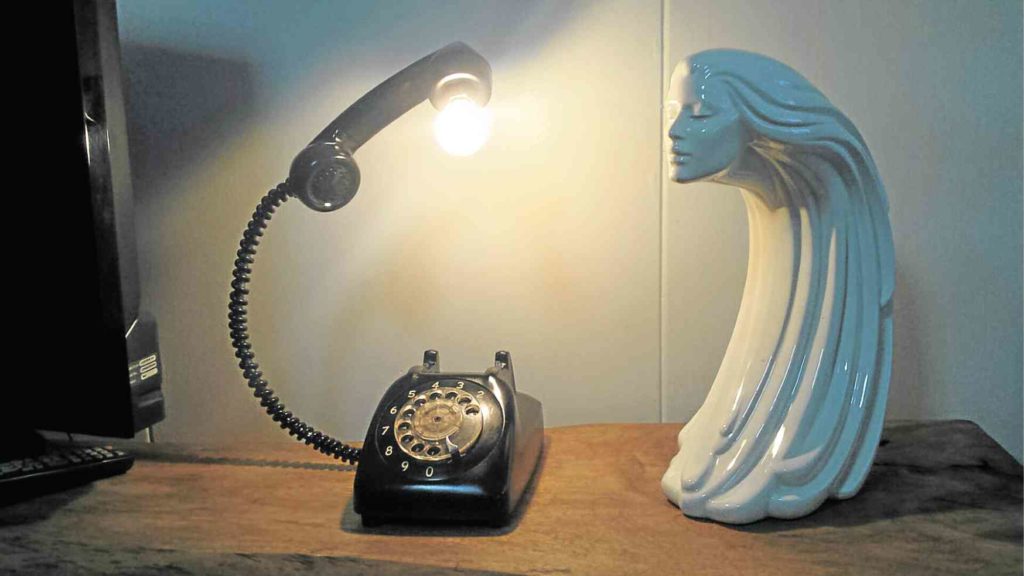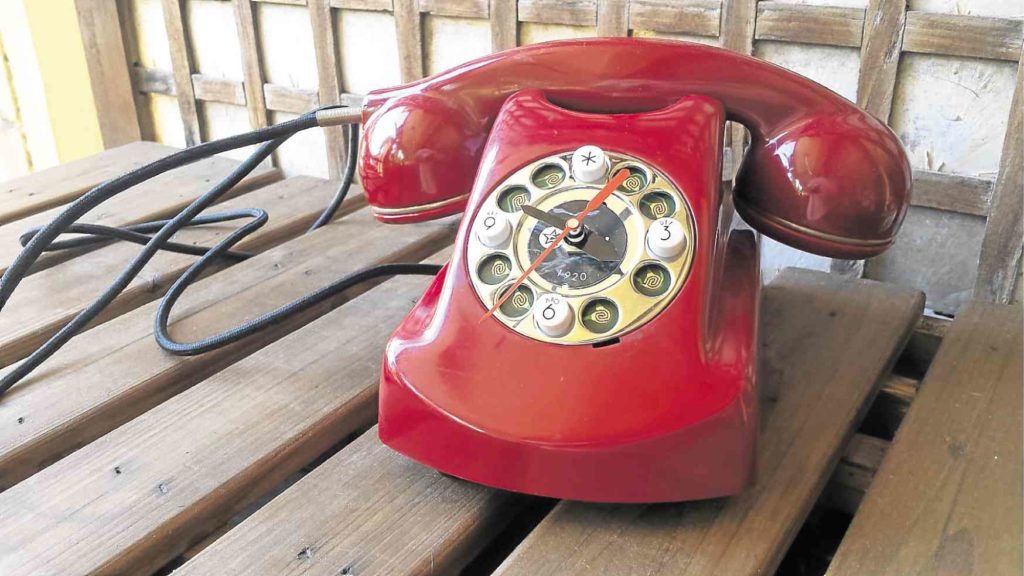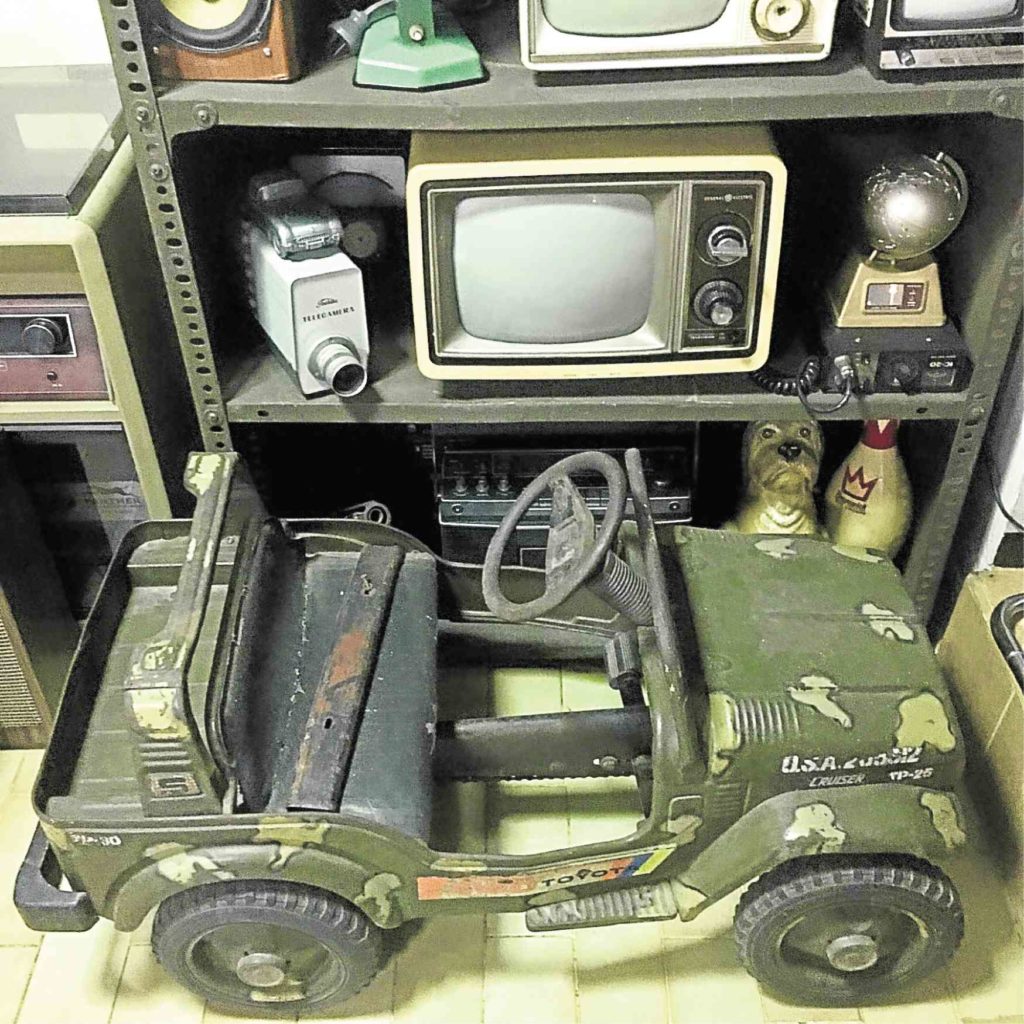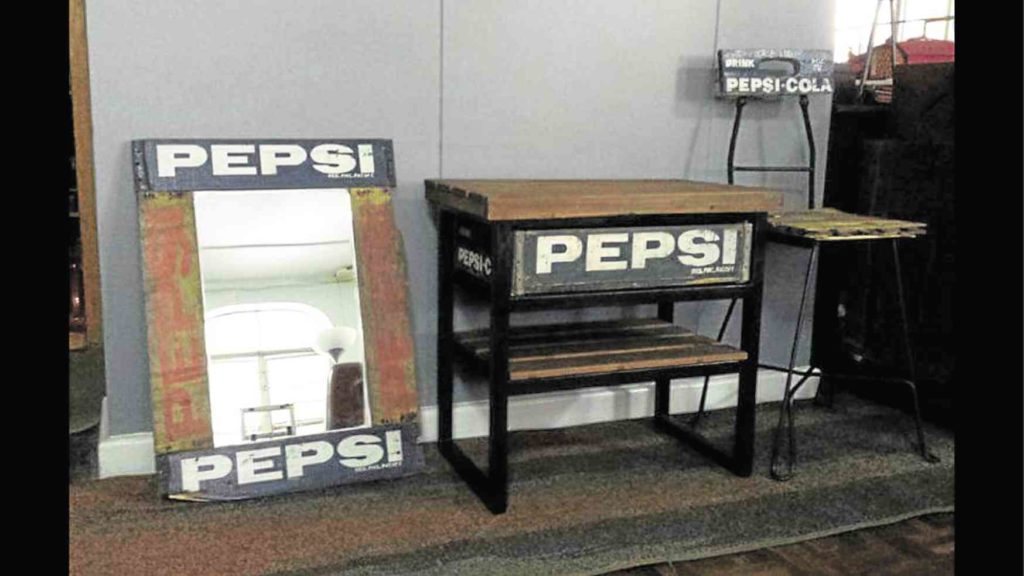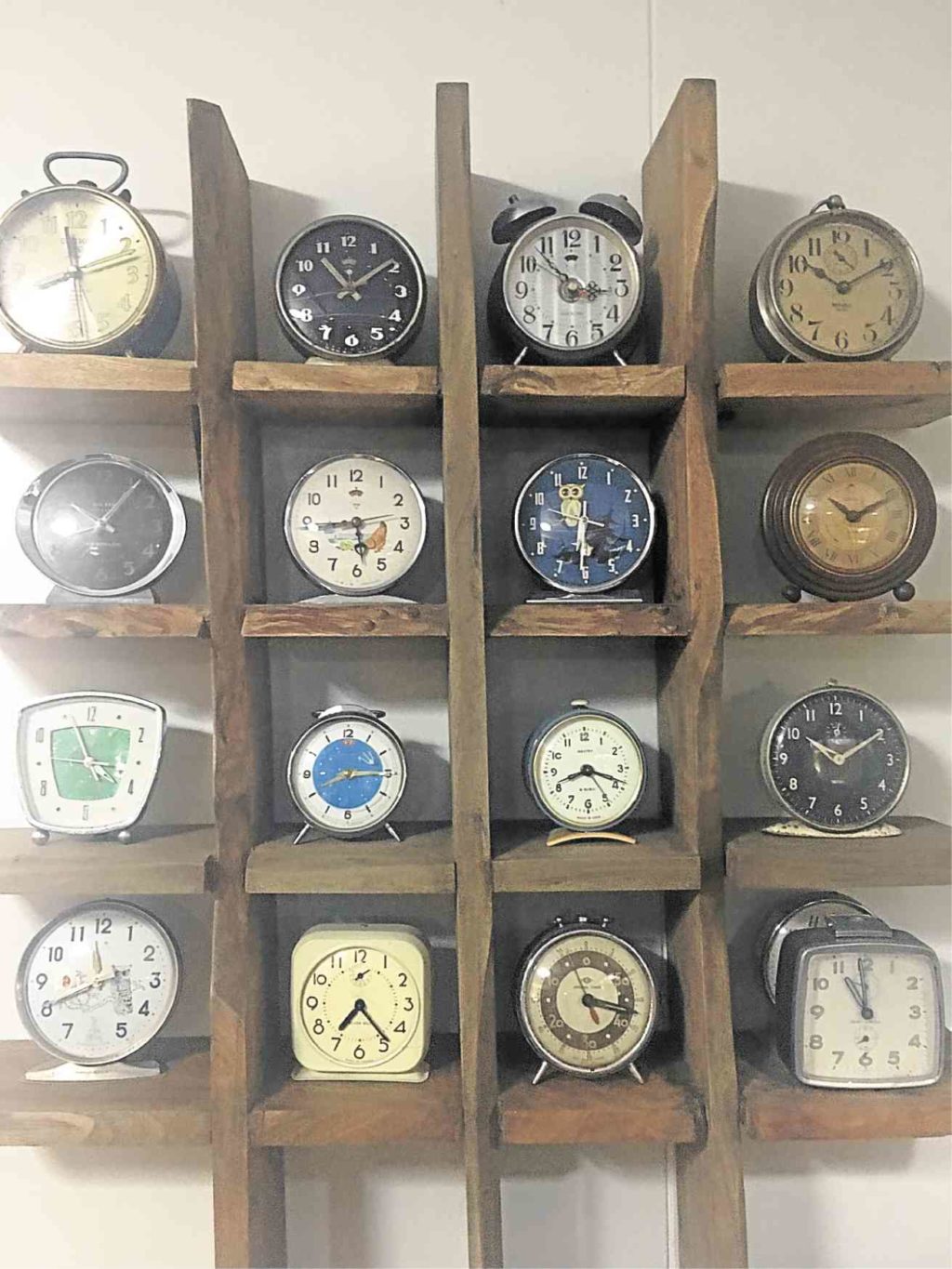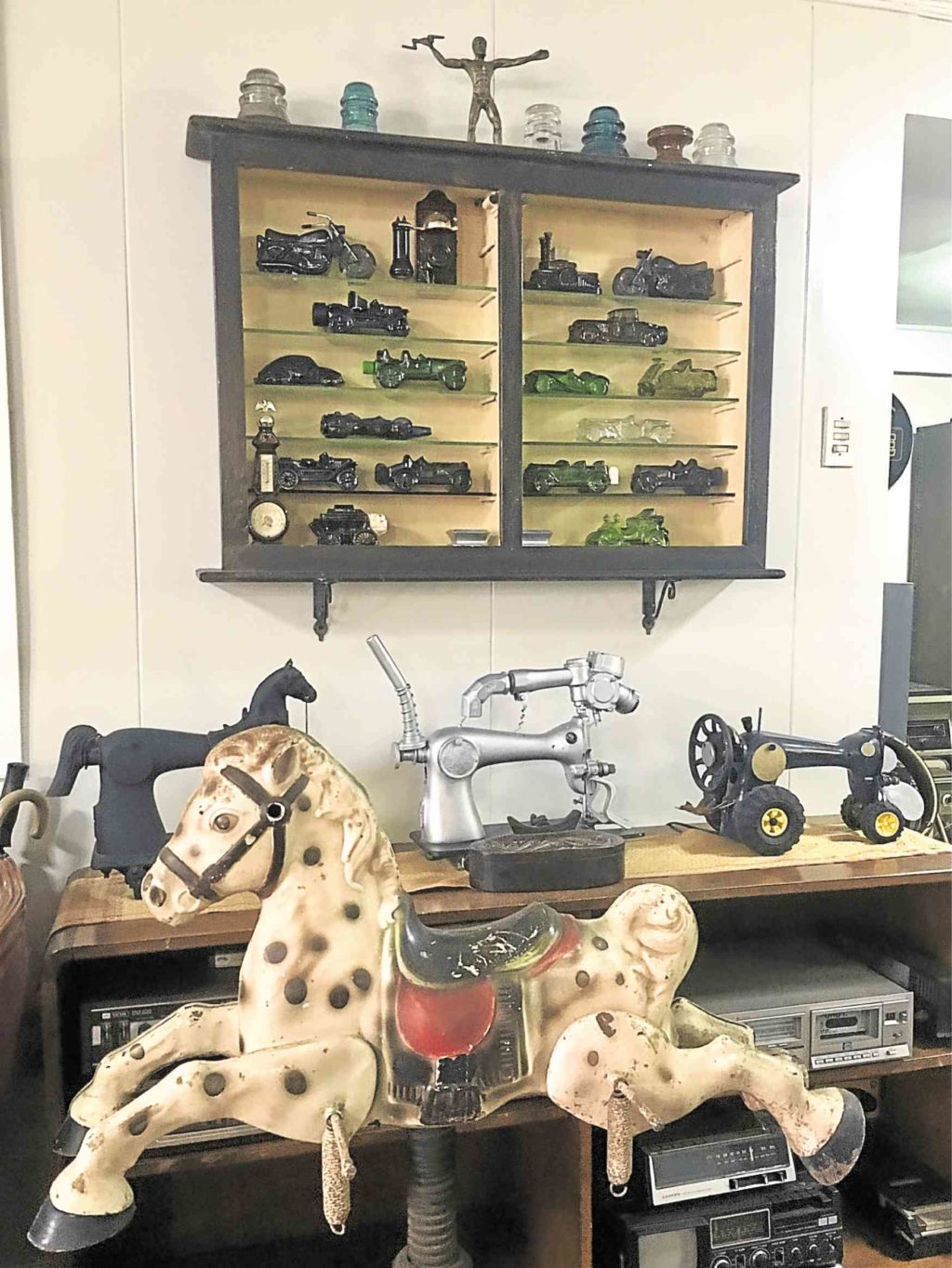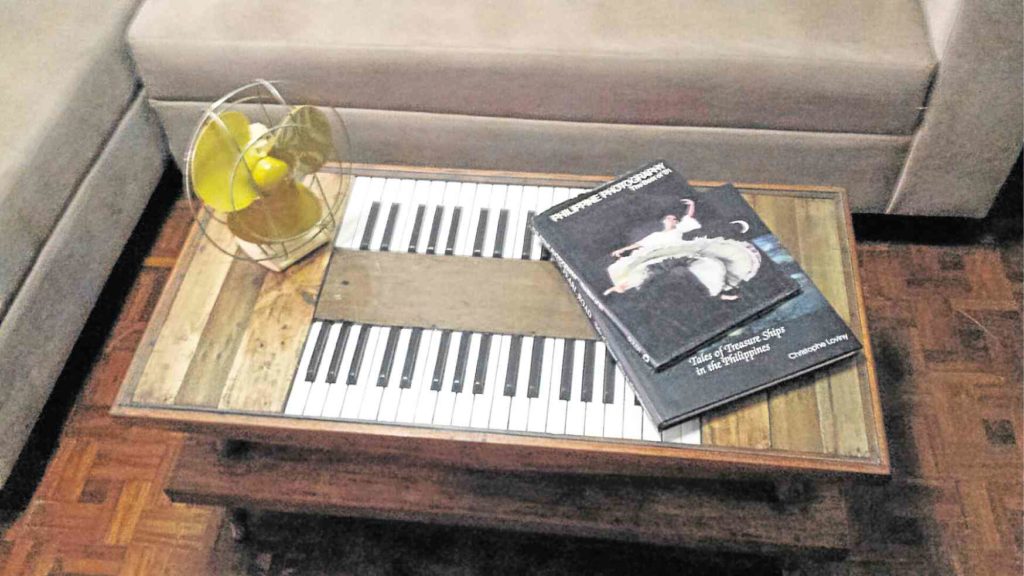Pinoy picker restores value in abandoned gold
When he was 14, Deo Feliciano Menor saved his allowance from a cultural exchange program in Japan and, days before his return to Manila, handed over all his money to a store owner in Tokyo for one of the most precious things he will own in his lifetime: a boom box.
“All the other kids bought toys; I got a radio-cassette player. I still have it,” says the now 45-year-old Menor, whose penchant for nighttime listening started his collection of old radios and audio equipment.
“I could not sleep without listening to the radio because I slept alone in my room. Even in elementary, we used to record songs on FM, KB 89.9. I would use my dad’s recorder, and we would play the mix tapes in our Grade 5 and Grade 6 parties,” he says.
Back then, the young man had no idea his interest in radios will lead him to what is now an income-generating hobby: picking and restoring.
Menor, known as “Zeus” in the Filipino pickers’ circle, began salvaging vintage home items like radios, clocks, phones and lamps in 2004. He would scour eBay, and then OLX, and now Facebook pages, for things he could pick and fix.
By the time History Channel hit American Pickers came out, he was already into tin toys and just about anything hipster, weird and wonderful: fire hydrants, postal boxes, pedal cars, manhole covers, American-era Vespa and Volkswagen and public signage. He even has his own McDonald’s signage at his home and workshop in Las Piñas.
“I’ve always been into old things. I started as a picker, and I’m now into restoration,” he says, taking inspiration from the television show Kings of Restoration.
Menor started restoring tin robots at first, and then branched out to making furniture from salvaged items. He has cultivated relationships with interior designers and artists who look forward to his latest works.
“It’s not just about selling but establishing relationships,” Menor says. “I have met artists in this line (of business) whom I would not have met if I were in the medical field.”
While trained as an electronics engineer, Menor’s involvement in his father’s medical supplies business has put him in the circle of doctors and administrators all his life. His family used to supply and maintain beds and oncology equipment for one of the country’s biggest hospitals.
When changes in the hospital management sent the family business spiraling down, and his father got sick in 2014, Menor found himself turning to his pickings for some form of comfort—and it turns out, livelihood.
“I’m still trying to go back to the medical supplies [business]—it’s easier to pick when you have a stable income. But right now, I would not want to go to hospitals and plead with doctors,” he says.
“Picking and restoring is relaxing. I enjoy the works of art that I get to share with people. It feels great seeing them happy with what they got from me,” Menor says.
One of his frequent clients has even designated a spot in his office called Zeus’ Corner, which showcases a turntable-turned-clock, a sewing machine-lamp, a PLDT phone lamp. One of his latest furniture pieces, a coffee table with piano keys, was quickly snapped up by a doctor who was looking for a unique table to go with his new Ambassador chair.
Some of Menor’s works are also bought and sold by a furniture store in Pasig known for its unique and quirky merchandise, but most of his sales are from social media.
“I don’t really like to market too much; I don’t even boost my Facebook page because I have moods. There are days when I wake up not wanting to work, but I do try to make at least three items a week,” he says. For those interested, look for his page Z-atwork on Facebook.
He says he chooses not to create the same designs despite client requests because he wants only one of each piece and because as a picker, he cannot guarantee the availability of his raw materials. “Unless it’s easy like phone lamps or clocks, or it’s something that reminds you of, say, your grandmother, then I prefer not to work on something I’ve already done,” he says.
Menor’s house is heaven for the vintage soul. His picks—everything from a World War I ship’s airhorn to an Aston Martin tin car to a lamp post that is now an aquarium—are thoughtfully displayed in each section of the house. The garage, which serves as his workshop, is littered with reclaimed wood and junk shop finds.
“I must like what I pick, to begin with. I don’t pick something so I can sell it. One mistake pickers make is that they pick an item hoping to make money, even if they don’t like it. And when there’s no buyer, it ends up as clutter. I must like everything I see at home,” Menor says.
While he is willing to let go of most of the items in his house, he hardly ever offers them for sale.
“When clients come over to get their items, and they see something else they like, we talk about it. Sometimes I just give them a freebie, sort of a prize for buying from me,” he says. “You have to build your customer base. Give people good deals and they will keep coming back.”
Another thing he does before agreeing to let go of his precious picks or sell his favorite restored pieces is to evaluate his buyers.
“I think: Are they going to enjoy this? Because I want the piece to go to someone who will really appreciate it,” he says.
“When I started, I did consignments. They sell at a much higher price, which is fine by me, but now I really want to know who will buy my pieces. Will they really own it? Where will they put it at home? That’s why sometimes I ask if they could maybe take a photo. The joy that comes from seeing your work in someone else’s home—you cannot put a price to that,” he says.
Menor says he tries to involve his two sons—one in college and another in high school—in his passion, asking them for design suggestions and price pegs. They are happy he has found something he loves to do, he says.
He recalled an incident last year when his youngest, then 15 years old, suddenly suffered seizures and had to stay in the intensive care unit. As doctors, puzzled by the boy’s condition, made several treatment approaches, the hospital bills piled up. Menor turned to a precious jukebox. He traded an old microphone worth around P6,000 just for information on that jukebox, something he has always wanted to own.
“I loved that jukebox. I looked for that and I worked on that, but my son got sick, and someone offered to buy it, so I had to sell,” he says.
“I don’t want to be attached to things, unless they come with a story or a relationship,” Menor says. “In the end, they’re just things: I enjoy them and eventually I let them go, at the right price.” —CONTRIBUTED

